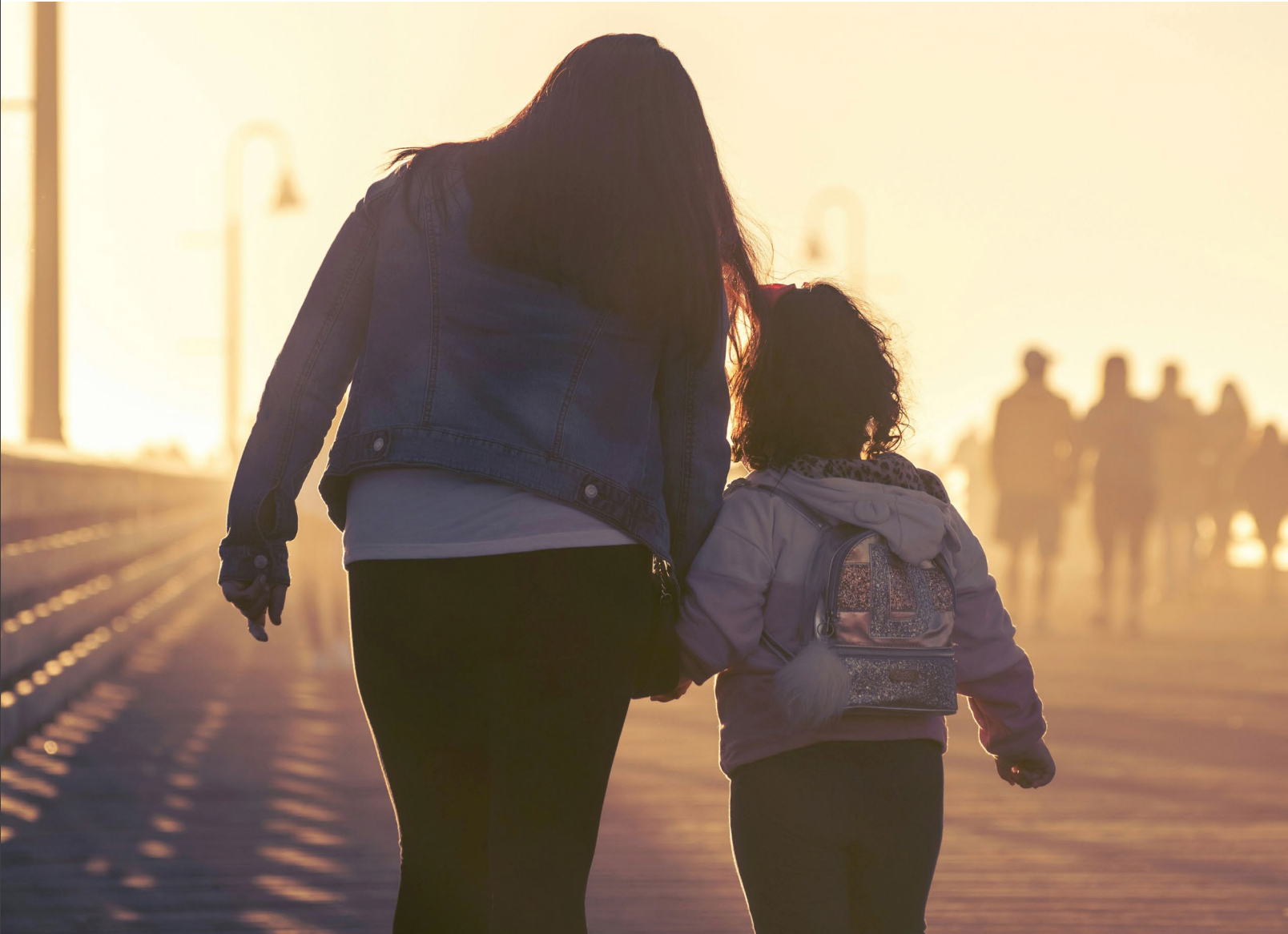
It will soon be 50 years since I first walked through the door of a children’s centre in Australia and into my first real job as a residential youth worker. There was no orientation and no training, I was just thrown into the action with ten children and young people to look after in my section of a larger facility. They ranged in age from around 5 to 14 years, a few with intellectual and other developmental disabilities. There was one other more experienced older woman from whom I took my cues. She was there most weekdays but I was often on duty alone on the weekends, although there were other workers on the same campus I could call for some assistance if this was needed. It was an intense learning experience for a young man, and I can clearly remember walking in on that first day along with many of the challenging issues and events I had to navigate my way through in that position.
A few years later I found myself at university studying psychology and after a nine-year journey that included post-graduate study in another country, I was back in the real world and applying the various skills I had learned. I had gravitated to psychology because I felt it would provide the insights and skills that were needed to support these children and adolescents and to address their needs—I’m less confident about the adequacy of those skills now. Yes, I did gain insights and learned some useful therapeutic techniques, but there were also significant gaps—I’m not sure that my training in assessment and treatment really got to the heart of healing and therapeutic change.
We all know what "treatment" or "therapy" can mean and it goes without saying that children and young people who have experienced abuse and neglect along with other forms of maltreatment may be in need of specialized treatment or therapy. But I’d like to talk about something that is just as important but less often discussed—the role of "accompaniment."